
To be perfectly honest, I’ve been looking forward to this still ever since we started this project, not because of its importance as a turning point in Holly’s tragic life, not because of its striking compositional elements (there are sharp diagonals everywhere!) but just because of the hilarious visual comparison between Calloway’s silly mustache, and this nun’s enormous wimple. Early on in our analysis of the third man, I quoted the description of Sam Spade in The Maltese Falcon as a face described by a “v motif.” If Holly’s sharp angles and pointed jaw signify that uber-masculine v, then Calloway’s over-primped mustache and this nun’s hat draw a definitive “sloppy w” motif. The dark and somewhat imposing figure of Trevor Howard’s Calloway, not to mention the supremely serious look on his face, only serves to undercut the absurdity of the image. While he is not a truly villain in our story, since The Third Man is not really that simple, he is certainly villainesque at points, and the dark and imposing mass of his torso only goes to strengthen that connotation. When compared to the rest of the frame, whose diagonal deep space and bright light stand in stark opposition to Calloway’s shadowy frame, it’s easy to see that this foppish officer is an imposing force.
Of course the emotional power manifest in this scene is not in the buffoonish image before us, but in what we do not see–namely the children lying in all of these cribs. To back up a bit, and put us in the moment of the scene, remember that Holly has just been convinced (by Anna) that ratting on his friend to the police is wrong. So walking into the police station, he asks Calloway for what he’s been itching to give Holly since their first encounter, a one-way ticket out of here. Calloway reluctantly agrees, not only because he has become fond of our noble scribbler, but also because such decision means Holly hes reneged, leaving Calloway to bring in Harry Lime on his own. On their way to the airport, though, Calloway brings Holly into this hospital on a little jaunt, with this little bit of trickery:
Calloway: Do you mind if I drop off somewhere on the way? I’ve got an appointment, won’t take five minutes.
Holly: Of course.
Calloway: Why don’t you come in, too – you’re a writer. It might interest you.
While Calloway’s deception is painful obvious, especially as they step into this hospital space, it is also painfully effective. As Holly walks, cold, silent, and sallow-faced, through this infirmary, we see him react to the horrors that lie in these cribs, and whatever he sees must indeed be horrible. All we see of any child, who Calloway refers to as “it” rather than “he” or “she,” is the teddy bear that is left, face down, beside the crib as these silent nuns busy themselves with charts and graphs and administering shots. The pretense that Holly ought to see this because he is a writer is obviously a pretense–Calloway’s goal all along has surely been to try to enlist Holly’s help through a combination of guilt and revulsion–but it also suggests that Calloway would, on some level, like to see the truth come out. Calloway would like to see Holly take these images of horror, like so many noble journalists, and spread them to the world to share the true wickedness of Harry Lime. As Holly sits silently in the car, after his journey into the well-lit space of the hospital, we already know his decision. He is once again agreeing to help Calloway to catch Harry. His agreement comes in a phrase nearly as silly as Calloway’s mustache. “All right you win . . . I’ll be your dumb decoy duck.”
Something in the pairing between the ludicrous and the horrible gives strength to both of them, and the two quotation marks on this scene–Calloway’s mustache and Holly’s “dumb decoy duck”–serve to make the revulsion and overall wrongness that Holly experiences in between all the more potent. Certainly there is much to be said for the power of Joseph Cotten and Trevor Martins in conveying this too, but all we see is them, yet we know that what we see must indeed be truly vile, largely because we never see what it is. This unseeable and unknowable evil is a common trope throughout the history of Horror in cinema, but here it is an evil that is more awful than the monsters lurking in the shadows of 70s B Horror movies. One can only guess what kind of terrible deformities would cause Calloway to refer to a child as “it” but watching this scene, one cannot help imagine it. For me this particular evil is reminiscent of an episode of The Twilight Zone. In It’s A Good Life, a small town lives at the mercy of Anthony, a little boy with god-like powers who can horribly deform people he doesn’t like or simply “wish them away into the cornfield”.
Take a look, for instance at the beginning of this scene in which he makes a three-headed gopher, an image which must be repulsive indeed, but which the helpless adults surrounding him must call “a real fine one” for the fearo f their lives. This creature, which dangles its way off the bottom of the screen and out of our view, has clawed a bigger hole in my mind than most other monsters ever pictured on the screen. Through it’s conspicuous absence it gains power.
Though our scene today has no visible Anthony to be afraid of, Holly and Calloway both know where to place the blame for the deformities before them. The godlike little boy in our story is Harry Lime, whose speech on the Riesenrad certainly shows that he thinks of himself as particularly godlike. So as we leave today’s frame, with Holly agreeing to be Calloway’s “dumb decoy duck,” I’d like to leave on a slightly lighter note, by doing something I have intended to do since Calloway’s ridiculous mustache first sauntered onto the screen. Here is a small rogues gallery of iconic mustaches:
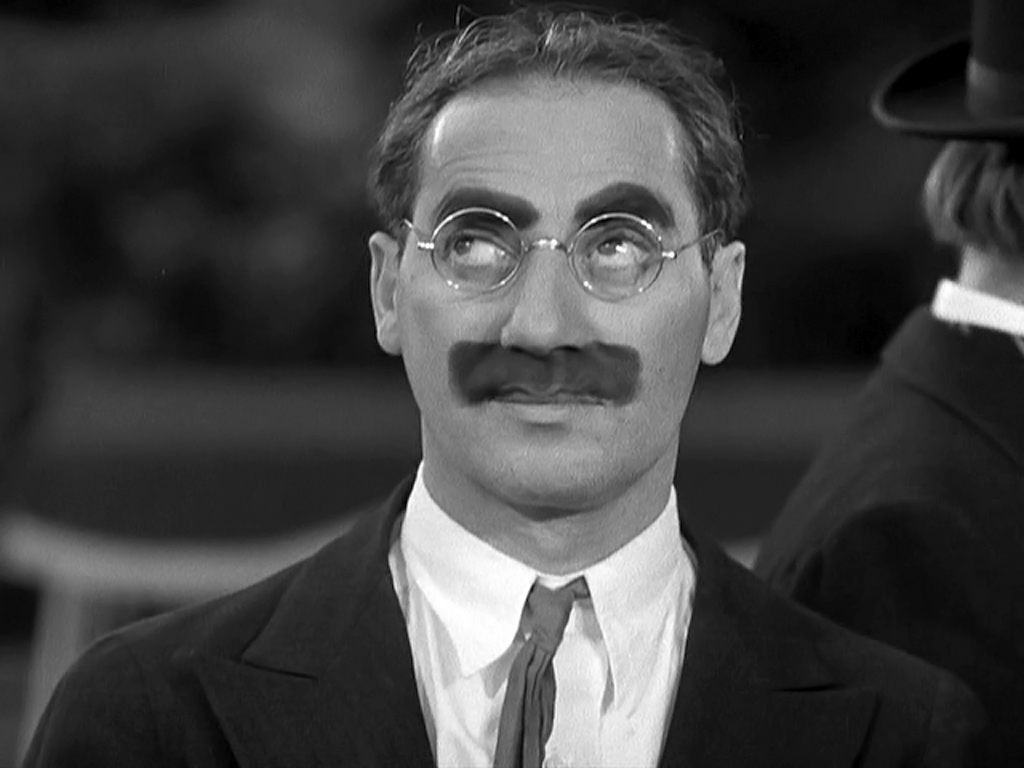
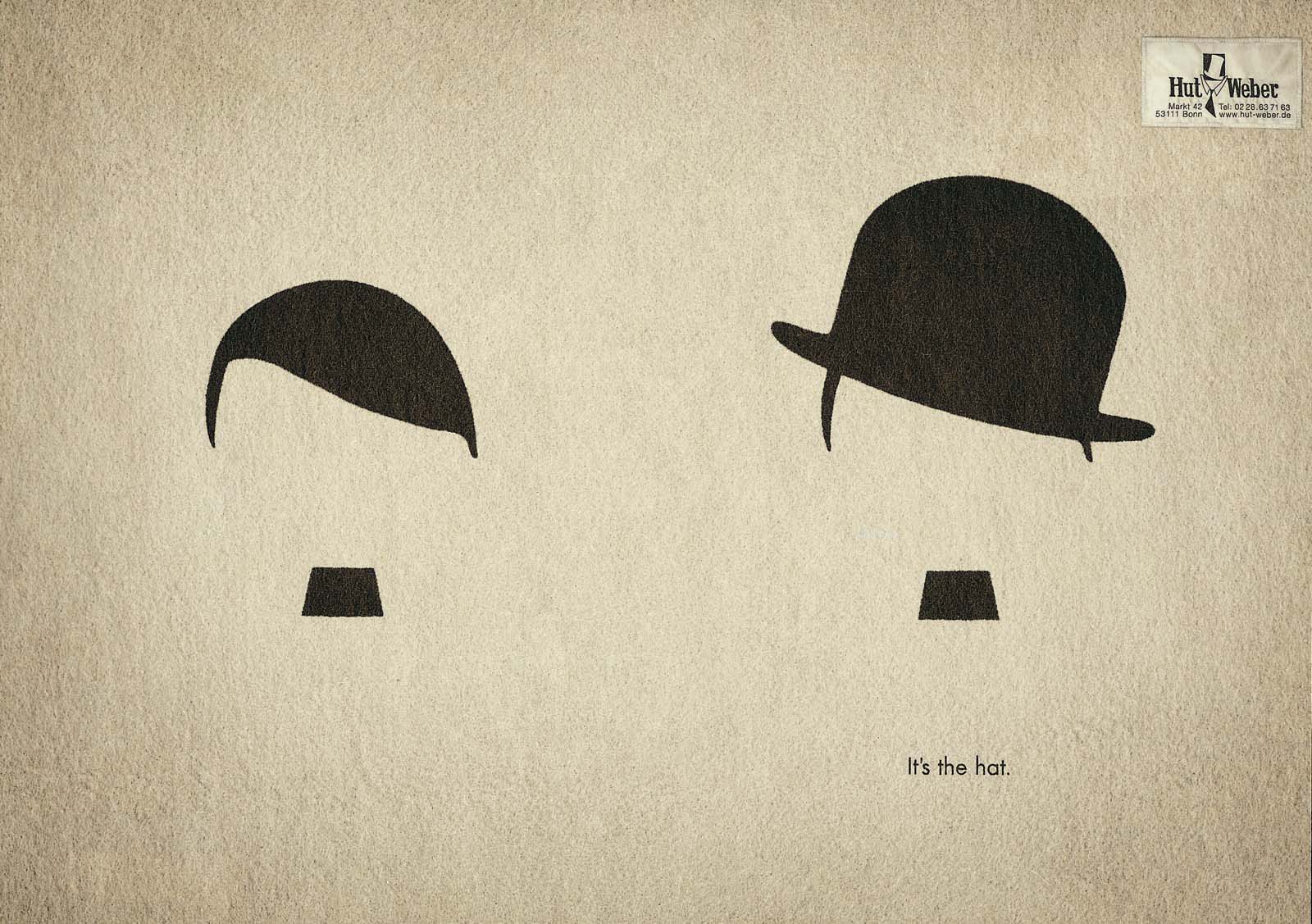
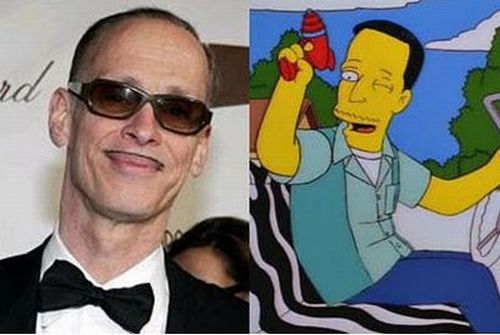
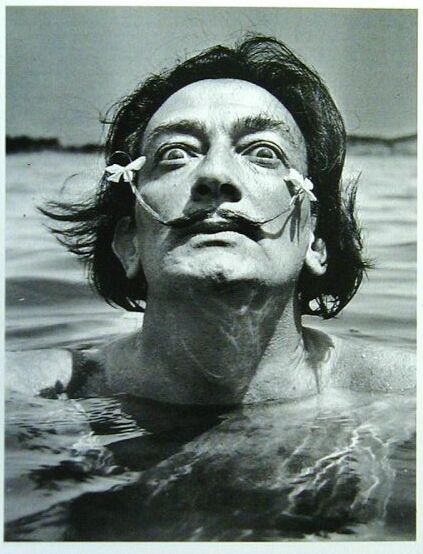
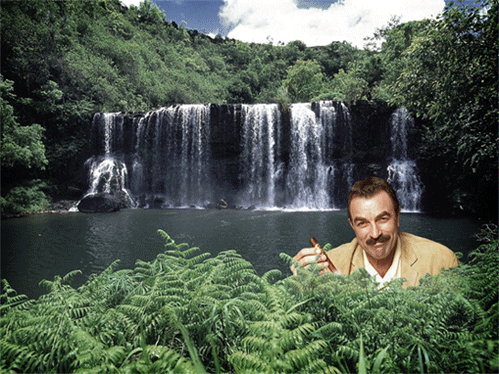
Over the absolute length of one year — two times per week — Still Dots will grab a frame every 62 seconds of Carol Reed’s The Third Man. This project will run until December 2012, when we finish at second 6324. For a complete archive of the project, click here. For an introduction to the project, click here.
Get Walker Reader in your inbox. Sign up to receive first word about our original videos, commissioned essays, curatorial perspectives, and artist interviews.